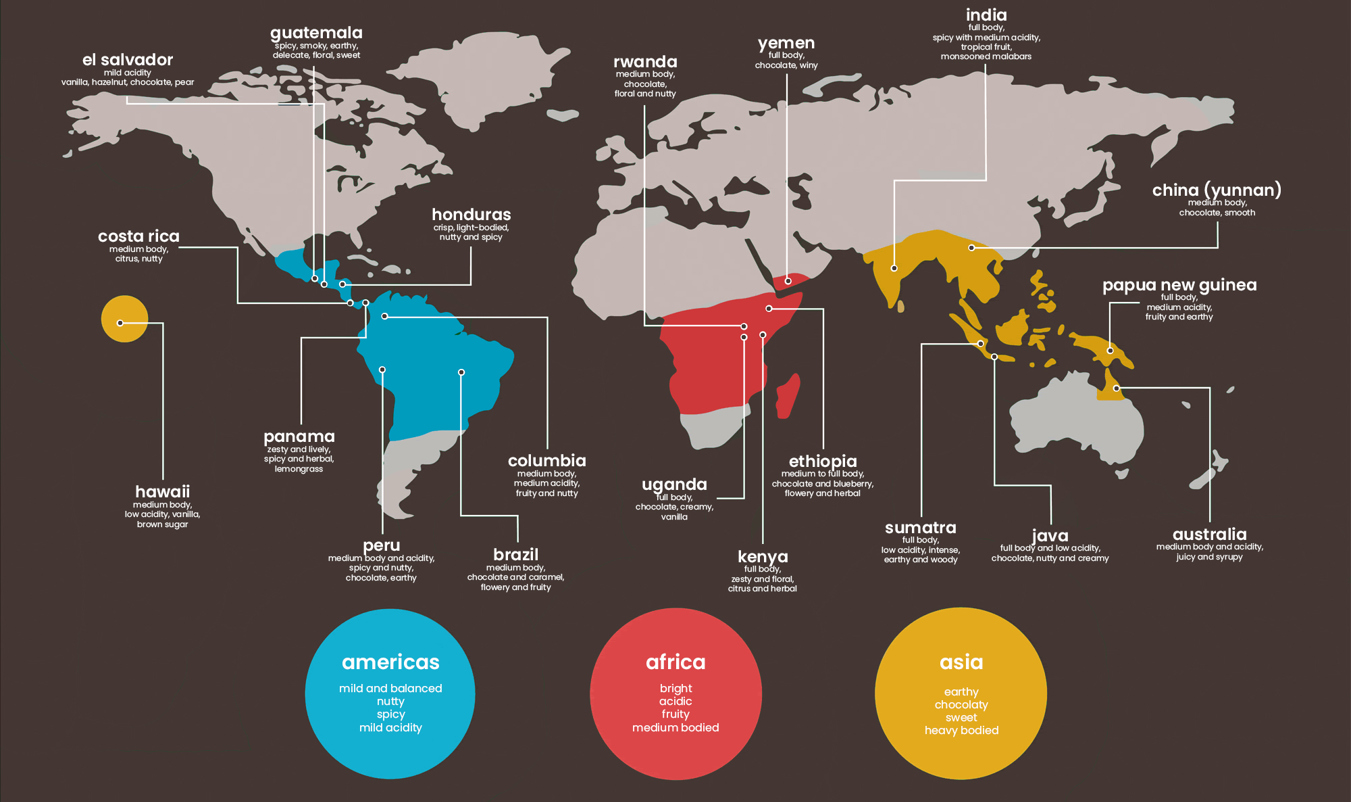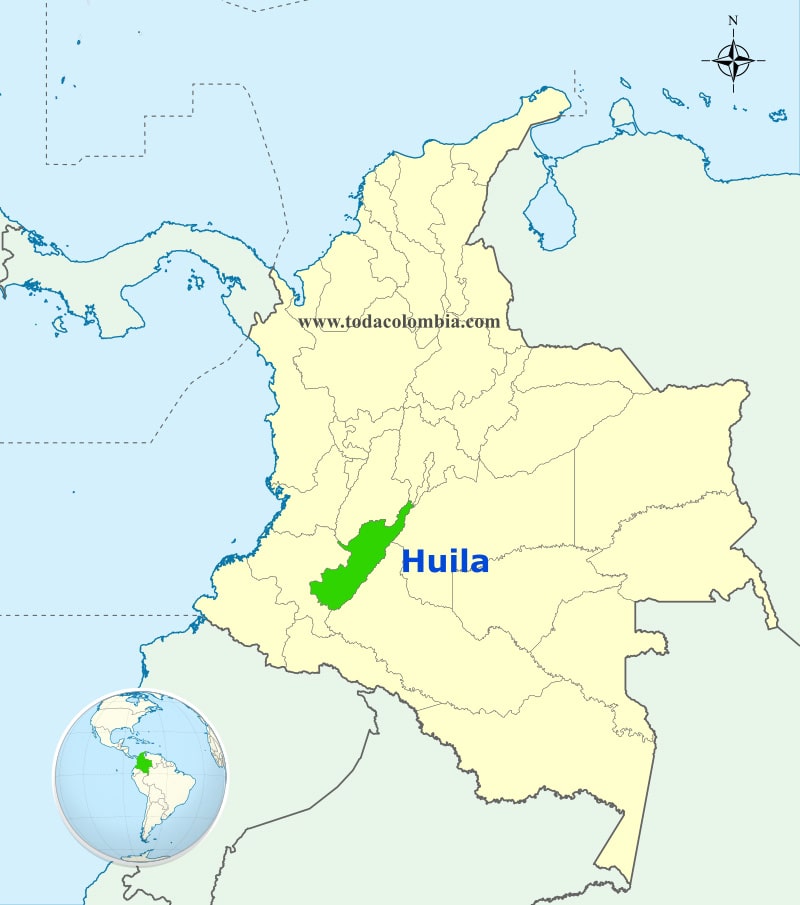Colombian – Garzon Mitaca Estate Coffee

The Coffee
Colombia's Huila region is famed for creating some of the world's smoothest coffee. This exquisite coffee bean is grown and picked with care at the Garzon Mitaca Coffee Estate in Huila, Colombia.
Over seven generations of family members have laboured on the estate to develop their coffee trees to make velvety smooth coffee.
This coffee bean will generate a flavourful, rich, dense, and creamy crema. It has a robust body and a smooth, long finish that lingers on the palate.
The Flavour
Columbian coffee offers a balanced body with light acidity. The coffee has a deep chocolate flavour, which Colombian coffee producers have made legendary. Chocolate leads to hazelnut with sweet afternotes of brown sugar, which is sure to make your mouth water.
Colombian coffee is sweet and fruity, with a deep, rich flavour ideal for a morning espresso or something extra special during the day.

The History
It all started centuries ago in Africa, specifically Ethiopia, where coffee was initially taken in infusions or by munching the coffee plant's leaves. Still, the Arabians were responsible for its spread, first throughout the Arab world and then to Turkey in 1544.
The Introduction of coffee to Europe in the 1600s
Coffee was introduced to Europe in the 17th century through the port of Venice, Italy, and spread across the continent until it reached South America in the 18th century. The Dutch were responsible for this growth over new continents since they did not want to rely on the Arabians. This is how, at the start of the 18th century, the Dutch became the world's leading producer.
According to one theory, Dutchmen introduced coffee to South America through what is now known as Suriname. Subsequently, the French exported it to Brazil and Colombia at the end of the 17th century. As a result, it had been of considerable importance in farming by the 19th century, which was also impacted by the fact that by the middle of the 19th century, a disease called coffee rust devastated the crops of Ceylon, now Sri Lanka, which was the leading coffee producer at the time.
Coffee was the biggest Columbian Export by the end of the 1800s
By the end of the nineteenth century, production had expanded from 60,000 bags to more than 600,000 bags - it is worth mentioning that the majority of this production came from the plantations of the wealthiest landowners - and coffee was already Colombia's leading foreign exchange export product.
The shift from the nineteenth to the twentieth centuries resulted in a significant drop in worldwide market prices and, as a result, a crisis for landowners, altering the entire picture. However, the increasing number of small producers benefited from the crisis, and the western zone became coffee development's front-runner.

The Region
Huila is currently Colombia's leading coffee producer. However, unlike neighbouring regions such as Antioquia, Santander, and Cundinamarca, its development was unorthodox.
Garzón Municipality is situated in the heart of Huila Province. Garzón's economy revolves around coffee, with 6838 coffee plantations and 8508 hectares devoted to coffee farming. Coffee accounts for 45% of the region's agricultural income and 78% of local labour. Although the typical farm is 3.5 hectares, the average coffee area is just 1.5 hectares.
Garzón receives 1300 to 1600 mm of rain annually, with dry months from December through February and June through September. Therefore, there is also a significant hydric deficit from July to September.
The Outlook for Colombia’s Coffee
Various national government initiatives, coffee-growing organisations, and charities have been committed to preserving the Colombian Coffee Region and the communities there. However, the area faces several significant issues that jeopardise its future, including local development, natural disasters, labour shortages, and climate change, which present challenges to coffee producers.
Many people are worried about climate change and the unpredictable weather patterns that continue to disrupt coffee production.
These climate changes have significantly impacted Colombian coffee farms. This has resulted in poorer coffee yields from previously excellent locations, higher risks of droughts, floods, invasive pests (and the resulting need for pesticides that contaminate water supplies) and fluctuating temperature and rainfall levels.
